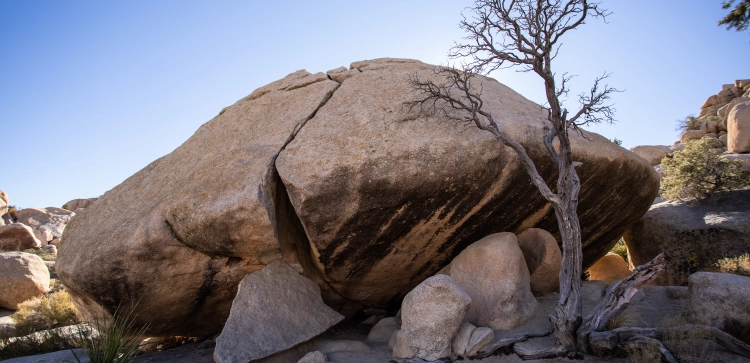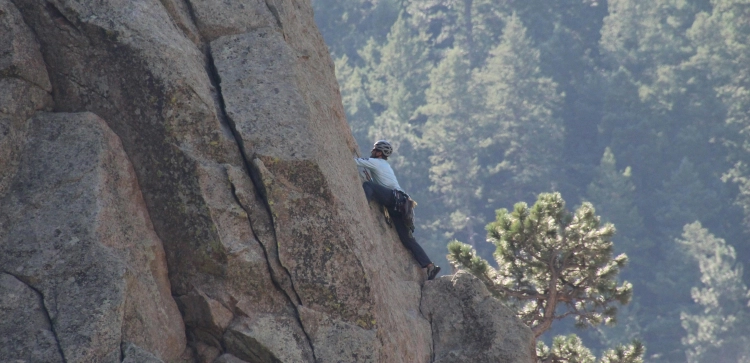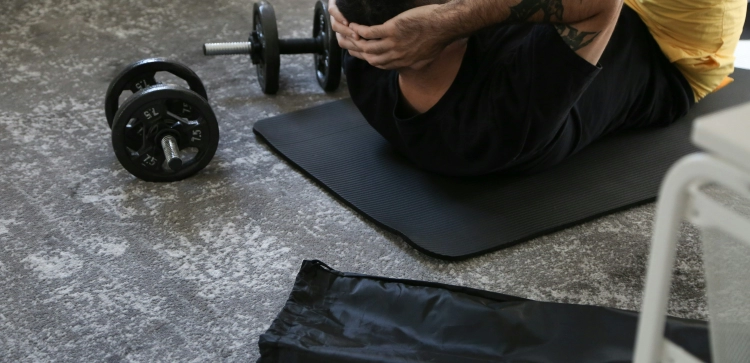How To Deal With Route-Specific Challenges In Climbing

Climbing is a sport that requires quick thinking and decision-making while on a route. Even while thoroughly planning a route, there can always be surprises. Your foot may slip, a hold may be slippery, and many other sudden circumstances may require you to make a split-second decision that will determine if you stay on the wall or if you fall off.
- The Art Of Adaptation
- What Are Some Common Types Of Route-Specific Challenges Climbers Encounter, And How Can They Be Overcome?
- Reading And Analyzing Routes To Better Prepare For Climbs
- How Can Climbers Adapt Their Climbing Techniques To Tackle Unique Difficulties On Specific Routes?
- Are There Mental Strategies For Staying Calm And Focused When Confronted With Unexpected Route Challenges?
- Conclusion
The Art of Adaptation
- Versatility: Climbing routes can vary widely, from steep overhangs to delicate slabs, even in one route. Being adaptable means you can adjust your climbing style and technique to suit the route's demands.
- Problem-Solving: Each route is a unique puzzle. Adaptability empowers you to find creative solutions to the challenges of the route.
- Safety: In climbing, safety is a top priority. Being adaptable allows you to make quick and informed decisions when confronted with unexpected difficulties, reducing the risk of accidents.
What Are Some Common Types of Route-Specific Challenges Climbers Encounter, and How Can They Be Overcome?
Different routes come with different challenges, each one may require you to come up with a creative solution to the problem.
Tackling Route-Specific Difficulties
- Tricky Sequences: Many routes feature sequences that require precise technique and careful hand and foot placement. Practice and patience are key to mastering these sections, focusing on balance, body positioning, and efficient use of holds, all the while remaining calm and in control.
- Overhangs and Cruxes: Overhanging sections can be physically demanding. Developing core strength and dynamic movement skills can help you navigate these challenges. At cruxes (the most difficult part of a route), approach with determination, employ the beta you've gathered and execute with confidence.
- Slick or Sloping Holds: Climbing holds come in various textures, and some may be slick or sloping. To overcome this, adapt your grip techniques and your body positioning. Experiment with open-handed holds, crimping, or pinches to find the most secure grip on these challenging holds.
Reading and Analyzing Routes to Better Prepare for Climbs
Route reading and analysis are fundamental skills for climbers, aiding in problem-solving and preparation for climbing.
Analyzing Routes - The Strategist's Approach
- Visual Inspection: Before you climb, take a moment to visually inspect the route from the ground. Identify potential difficulties, such as holds that seem distant or sequences that require precise footwork. Try to understand where the crux is and what solutions could solve the problem.
- Beta Gathering: Engage with fellow climbers or route setters to gather beta or insights on the route. Collective knowledge can reveal hidden solutions and offer valuable tips on how to approach challenging sections.
- Mental Visualization: Picture yourself climbing the route successfully, making your way through the difficult sections. This mental rehearsal can boost your confidence and help you develop a mental map of the route, making it easier to anticipate and tackle difficulties once you are actually climbing the route.
How Can Climbers Adapt Their Climbing Techniques to Tackle Unique Difficulties on Specific Routes?
As you gain experience, you will be able to better understand exactly what to do and how to do it when the time comes, but even the most experienced climbers often find difficulties as they progress up the grading ladder.
Adapting With Basic Techniques
- Flagging and Smearing: When footholds are scarce or holds are distant, use flagging (extending a leg to counterbalance your body) and smearing (placing your foot on the wall with no distinct foothold) techniques to maintain balance and control.
- Dyno and Dynamic Moves: Sometimes, a dynamic move or a "dyno" can solve a seemingly impossible sequence. Practice dynamic climbing, such as jumping between holds with controlled precision.
- Resting Positions: Find rests and shakeout positions when possible. These moments of respite allow you to recover and refocus, crucial for maintaining mental clarity when confronting difficulties.
Are There Mental Strategies for Staying Calm and Focused When Confronted with Unexpected Route Challenges?
Mental strength is as vital as physical strength in climbing. Staying composed is key to overcoming route-specific challenges.
Building Mental Toughness
- Breathing: Focus on your breath to stay calm. Controlled breathing can help reduce anxiety and keep your mind clear during challenging moments on the route.
- Visualization: Visualize successful moves and outcomes. Positive mental imagery can boost your confidence and reaffirm your ability to overcome challenges.
- Stay Present: Avoid dwelling on previous mistakes or thinking too far ahead. Stay in the moment, focusing on the current move and hold. This mindfulness helps you tackle each challenge as it comes, maintaining clarity and composure.
Conclusion
Climbing presents unique challenges that offer opportunities for growth. With adaptability, problem-solving skills, and mental resilience, you can conquer tricky sequences and daunting overhangs. View challenges as learning experiences to overcome and grow. Climbing is about conquering obstacles along the way, not just reaching the top.














